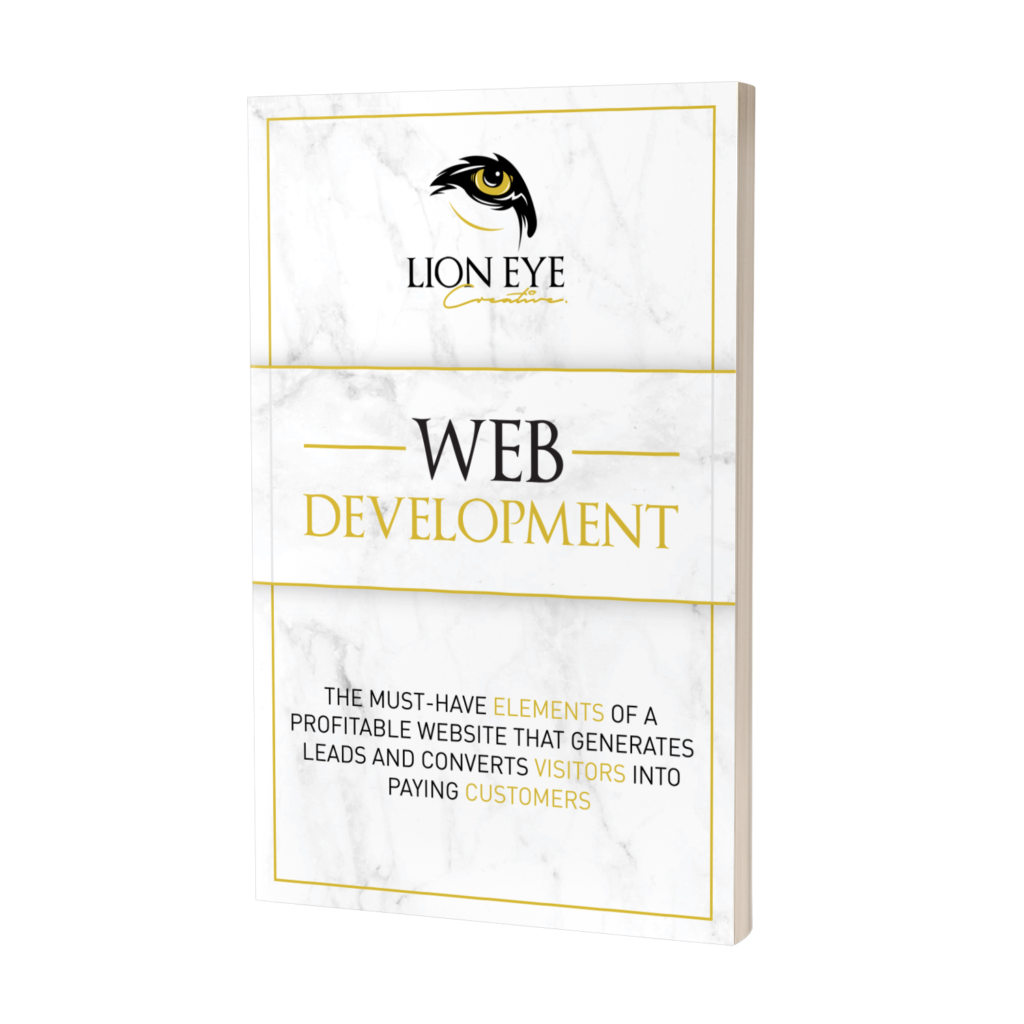
why is web design important
It’s safe to say that most people prefer to consume content from sources that are more aesthetically pleasing, even if the content from ugly or plain-looking websites happen to be more substantial. Web design is a big part of your online presence, as it does a whole lot in marketing your brand.
While some may underestimate the power of visuals even in this day and age, the importance of web design can never be understated. Even if most are moving to social media as a primary vehicle for online presence, web design is still a fundamental block, and here are the main reasons why.
1. Sets First Impression
A big reason for having a website is being able to make a good first impression to new audiences. That makes web design crucial as most people would get turned off and leave right away if the web design isn’t up to snuff. You have three seconds to make a positive impact on your audience, especially with the top half of your home page.
It also reflects how serious you are about your business, as your web design can reflect your professionalism and attention to detail. Being able to give a good first impression and retain initial attention can help you get more and more leads over time, simply by looking the part.
Think of your business website similarly to your business card or even your physical appearance that you present to people. Good web design that makes the best possible impression isn’t as much about decoration, but more about neatness and cleanliness.
2. Organizes Content and Visuals
A big part of web design is layouting, which is how visual elements are organized. A big part of that layout is the navigation, which is how users get to browse your website, as well as how web pages are organized.
If navigation is confusing, people won’t stick around in your website for long as most of them won’t be able to find what they’re looking for. That also means your content should be searchable within the website, so having a visible search bar is important.
You should also have your content be easy to read, which means that you should consider your audience’s reading patterns in your web design. The important thing here is to have every visual element have some purpose that contributes to the whole of the website.
If something doesn’t have a definite purpose, then it will only take away from the content. As much as possible, the visuals must support the content.
3. Increases Audience Engagement
Websites can increase engagement with your audience through original content that interests and entertains them. Good content and a solid content marketing strategy can turn a website from a barren wasteland into a bountiful landscape, making it more engaging to audiences and better for increasing lead generation and conversion rates.
But with that content, there must be good web design to present it in the best possible light. Even the most substantial of content can be made unappealing with bad design as the audience won’t be able to comprehend it as well as they can if presented with good design.
That content can then help convert the audience by presenting a call-to-action, which should also be presented with good design. It should communicate clearly to the people that it can be clicked on or interacted with to take them to wherever is promised by the declaration of call-to-action. That makes good web design not only for engagement, but conversion as well.
4. Helps with Search Engine Optimization
If there’s one thing you need to cover with your website, it’s the search engine optimization. SEO is what keeps your website from being a complete time and money sink, so your web design must adhere to SEO principles to have it help how search engines see the website.
Web design, in particular, deals mostly with on-page SEO, which affects how content is published on the website. On-page SEO helps make that content more visible in the search results, thus making it more open to people who enter a keyword related to it.
Anyone competent in web design and its current day principles and trends would know how to integrate SEO with straight-up web design. SEO is no longer optional, but an integral part of running a website.
5. Promotes Brand Awareness
Good web design creates consistency in both layout and branding, thus making the website better for building trust in customers. A big part of having a website is to have an online base for your brand, wherein you can do various things like publish content, sell products, provide information on your business, and so on.
That consistency applies to the common visual elements like colors, logos, images, styles, fonts, and so on. You need to have the same design for every page, using the same base style in order to maintain that expected consistency. Major deviation may lead to visitors thinking they’re in a different website altogether.
Having consistency in both design and branding lets people know who you are and what your brand is about. Without that consistency, people become confused and uncompelled to stick around, thus bouncing to other websites for whatever they may be looking for.
Conclusion
Web design is definitely important for websites that are more than just personal blogs for posting sweet nothings. It’s not that there’s anything wrong with that, but websites made for businesses are more than just for show or play.
Business websites can potentially impact your revenue over time, with good ones raking in a surprising amount of money for companies with the foresight to include digital marketing into their overall strategy. Because of that, they take web design seriously as it can definitely pay off when done right.
For more, please download and read this FREE web development ebook.

If you have more questions or are looking for a professional to design your new website, feel free to send us an email, or click this link to schedule a free discovery call.



